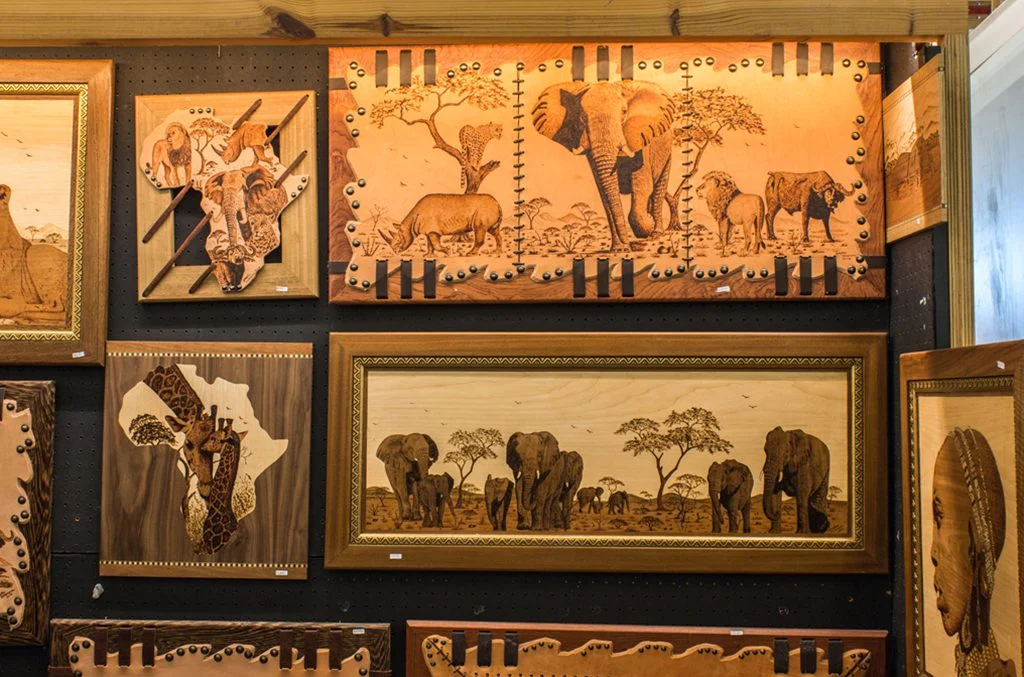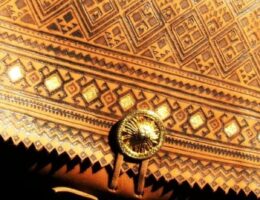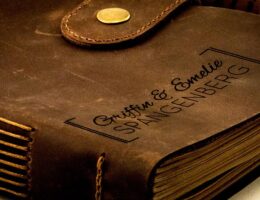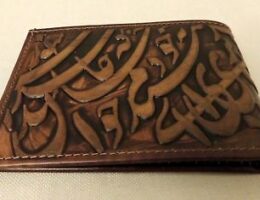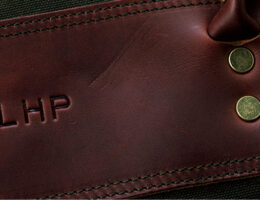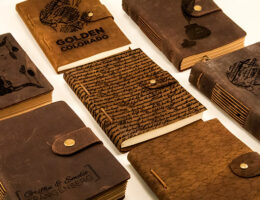IRAN ART EXHIBITION: USE THESE TIPS FOR YOUR LEATHER PYROGRAPHY TO HAVE A CLEANER WORK
Pyrography isn’t just for wood! Often compared to burning on butter, burning on leather offers freedom from the wood grain.
10 LEATHER PYROGRAPHY TIPS
CHOOSE THE RIGHT LEATHER
When leather is burned, fumes are released into the air. Therefore, to avoid breathing chemicals, you do not want to burn on leather that has been chemically processed. Only burn on undyed, natural vegetable-tanned leather.
CHOOSE THE RIGHT TOOLS
Leather burns at a lower temperature than wood, so companies have manufactured solid point burners that burn at a lower temperature, such as 675°F (355°C), specifically for leather.
TRANSFERING YOUR PATTERN
Graphite transfer paper is used for dry pattern transfer. Use unwaxed transfer paper so the graphite will erase when you are through burning—waxed transfer paper does not erase as easily on leather. Waxed transfer paper looks extremely black, whereas unwaxed transfer paper looks gray.
KEEP YOUR LEATHER CLEAN
IRAN ART EXHIBITION: Avoid getting your hand oils, sweat, or lotion on the leather by wearing a cotton glove or a SmudgeGuard (a specialty glove designed to protect the surface while only covering part of your hand for temperature and breathability comfort).
STABILIZE YOUR LEATHER
When tool stamping and texturing the surface of leather, thin leather can stretch and move, causing the leather to distort its shape and curl. To prevent this from happening, you can glue thinner leather (4 to 6 oz.) to a backing to stabilize the leather.

KNOW YOUR PEN SPEEDS
The faster the pen is moved, the lighter the line will be, because there was not enough time in contact with the leather to burn it dark. The slower the pen is moved, the darker the line will be, because the slower movement gives the pen a longer time to burn any given spot on the leather.
KNOW YOUR PRESSURE
Applying more pressure with a writer pen when drawing lines results in a wider line because the tip pressing on the leather causes it to push deeper into the leather and the leather is not only burning under the tip but on the sides of the depression as well. Leather has a lot of elasticity and moves easily when pressure is applied while burning. For more tips on how pressure affects burning, get your copy of Leather Pyrography.
ADD TEXTURE
IRAN ART EXHIBITION: One of the coolest characteristics of pyrography is the ability to use heat and pressure to texture the material. On leather, the texturing is minimal to none if the leather is thin, but thicker leather textures well. Texture can be created by pushing a writer tip into the leather or pressing and cutting the leather with a skew tip.
TOUCHING UP A LEATHER BURN MISTAKE
When you make a mistake, first assess whether the design can be altered to hide the mistake. You may be able to add a few elements like extra leaves if you are working on a tree. You may also be able to add a background pattern. If a redesign is not possible, then touch up the mistake using a razor blade as follows.
ADD COLOR
If you use the paints thicker than a wash, you will cover the burned image when you paint over it. Too thick and the paint can crack and peel over time on pieces that are handled or bent often. Wax-based and oil-based colored pencils will also cover the burned areas. Therefore, if you use thicker pigmented paints or colored pencils, you will need to color around or up to the edge of any burned areas (assuming you want your hard work to be visible!). For more painting and finishing techniques, get your copy of Leather Pyrography.
